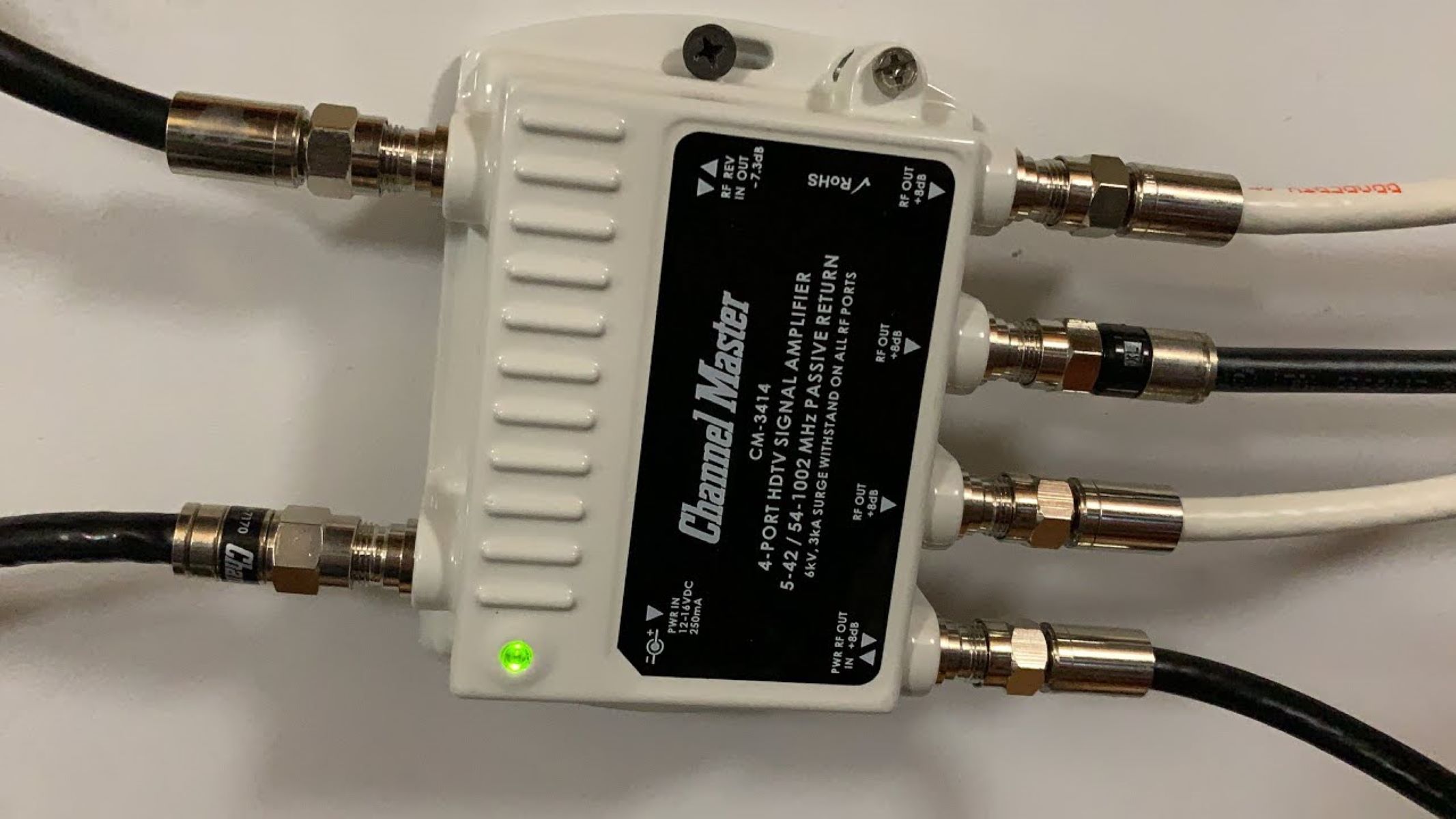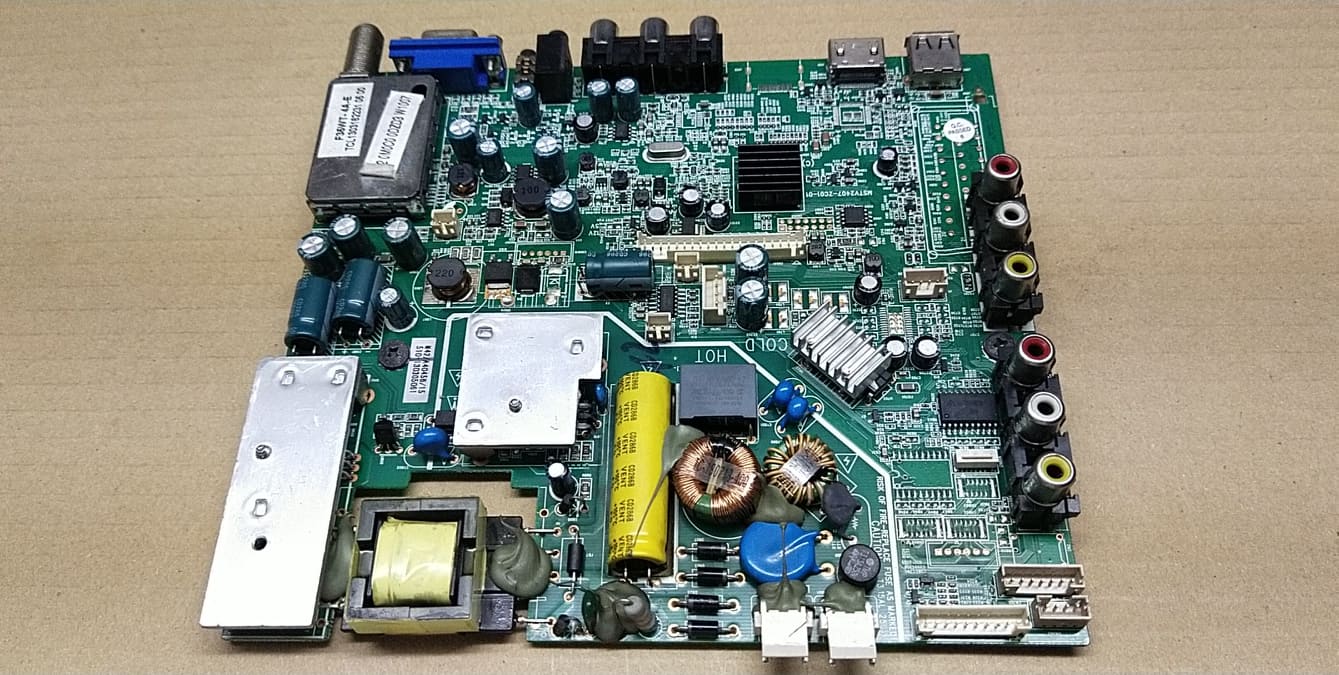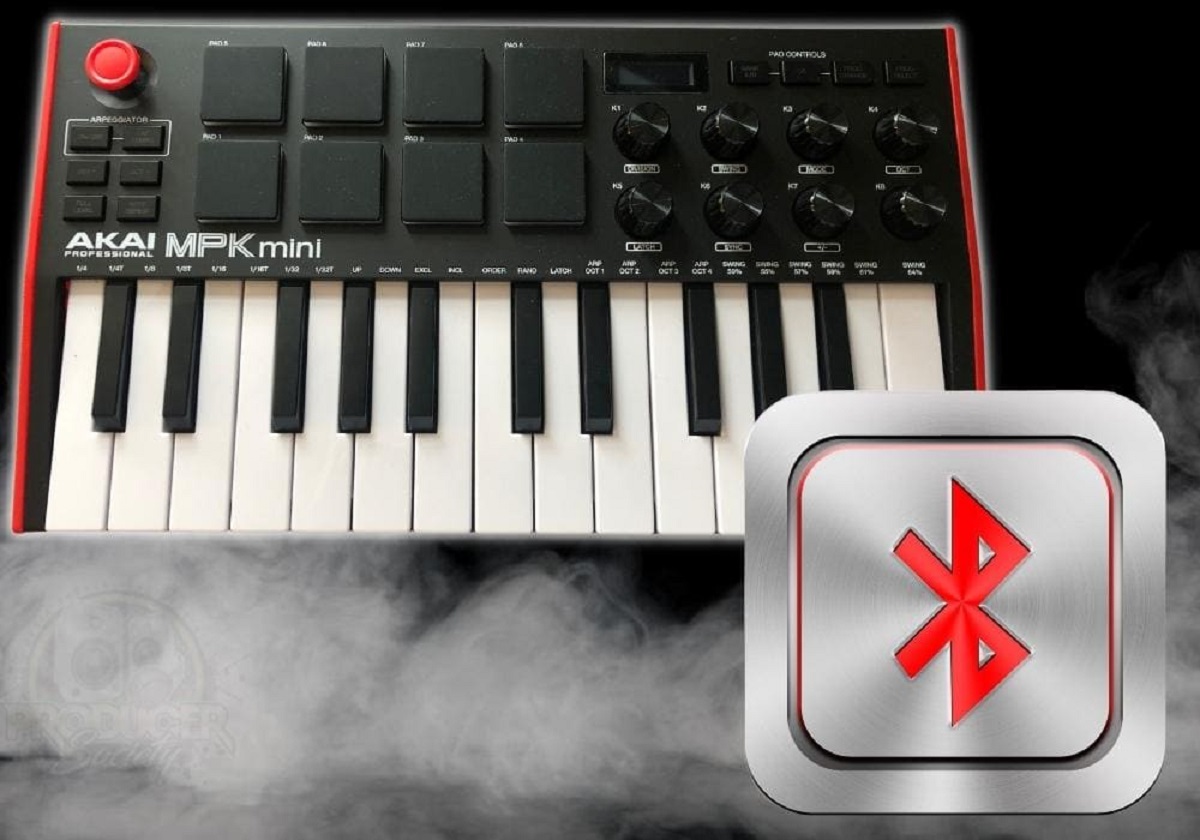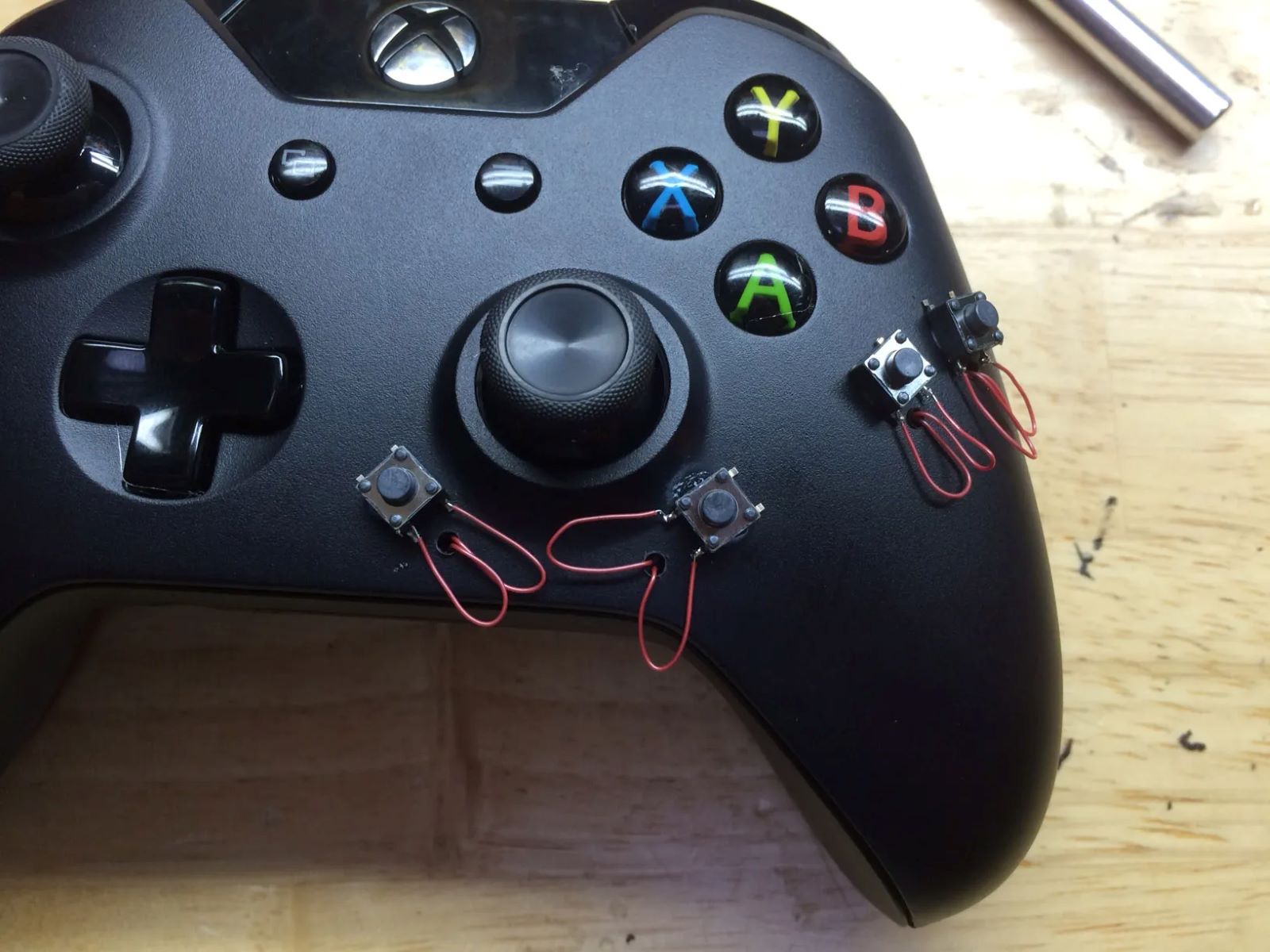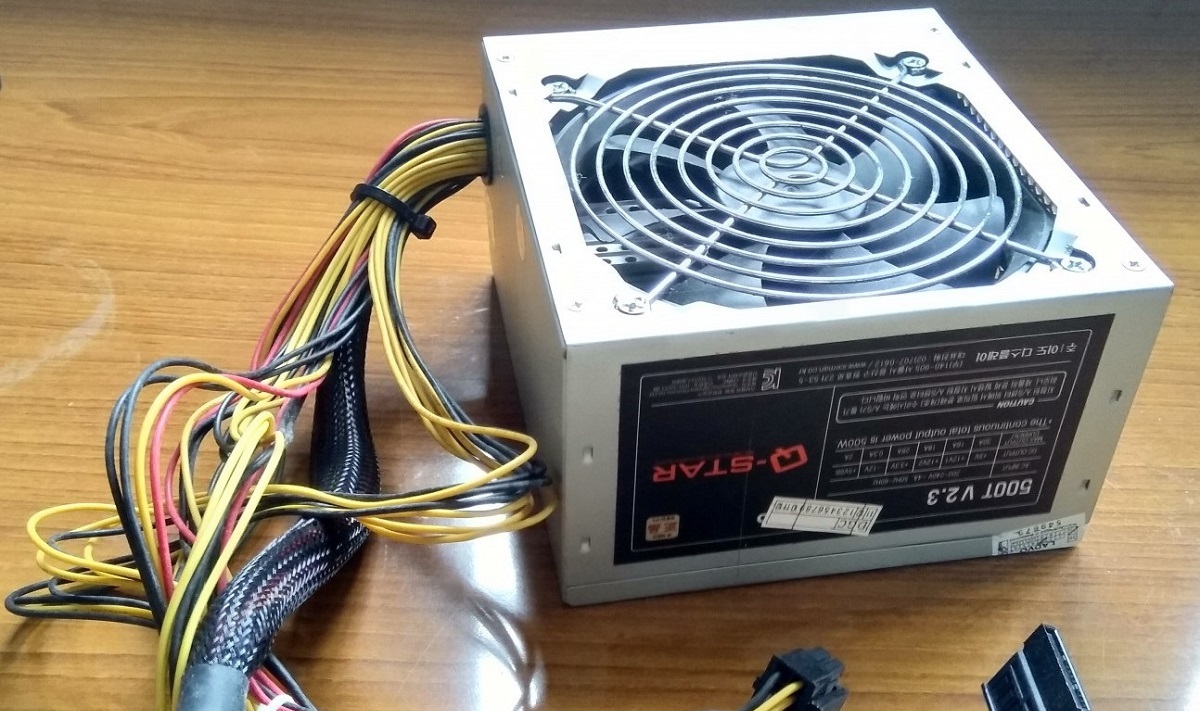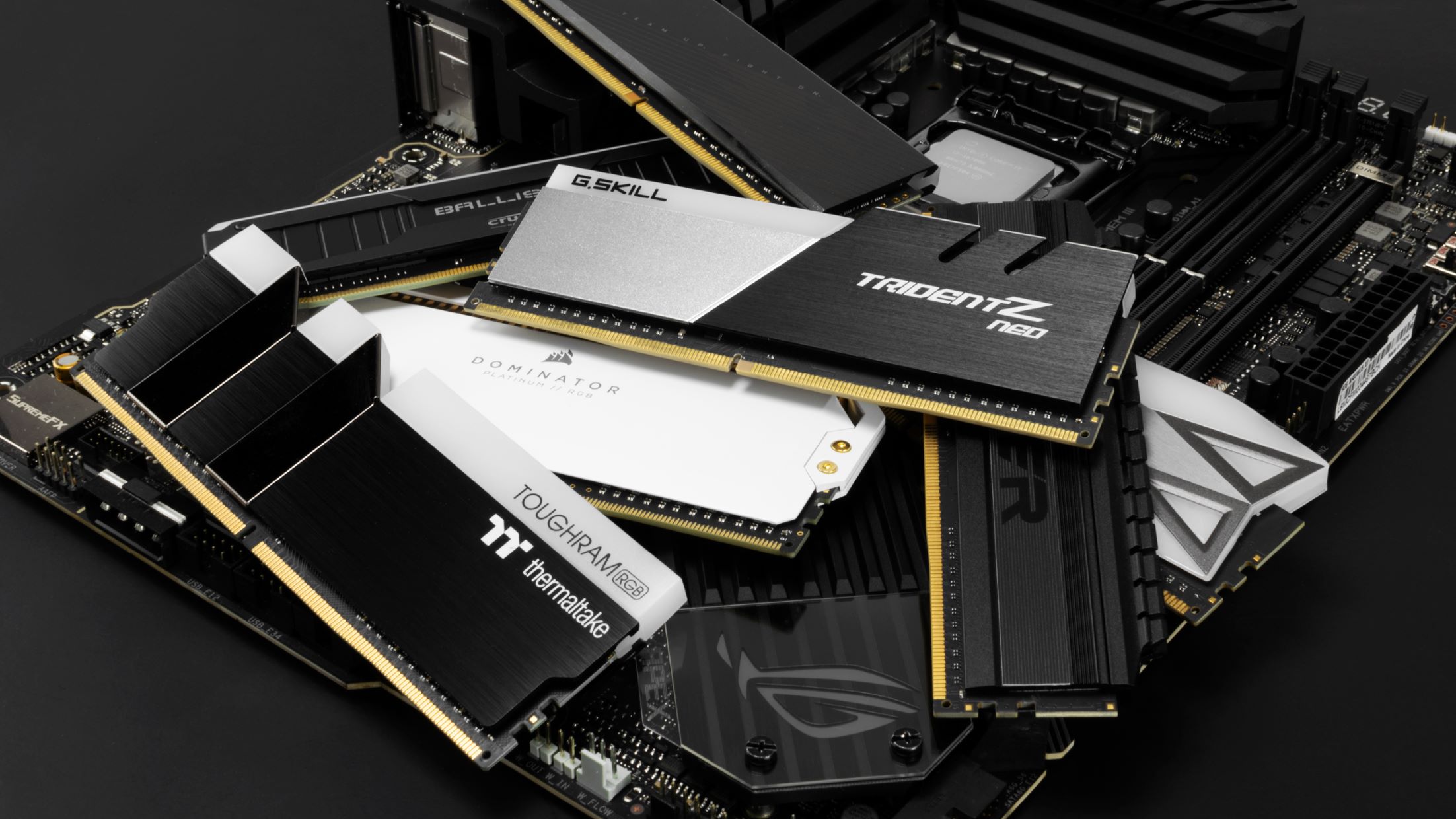Introduction
Welcome to our guide on how to download schematics! Schematics are valuable tools for anyone interested in electronics, as they provide detailed diagrams and instructions for building or repairing electronic devices. Whether you’re a hobbyist, a student, or a professional, having access to high-quality schematics can make your projects much easier and more successful.
In this article, we will walk you through the process of finding and downloading schematics from reliable sources. We’ll provide tips on choosing the right schematic provider, registering an account (if necessary), and troubleshooting any issues that may arise during the download process.
Understanding schematics is crucial before diving into the downloading process. Schematics are graphical representations that illustrate how various components within a circuit are interconnected. They use standardized symbols and labels to depict the relationships and functions of different electronic parts. By understanding these diagrams, you can gain insight into how the circuit works and troubleshoot any problems that may arise.
There are several websites dedicated to hosting schematics for various electronic devices, such as radios, amplifiers, and computer circuits. These sites are a treasure trove of valuable resources and can save you countless hours of designing and troubleshooting. However, it’s crucial to select a reputable website to ensure the accuracy and reliability of the schematics you download.
Choosing the right schematic provider involves considering factors such as the website’s reputation, user reviews, and the availability of schematics for your specific project. It’s also important to check if the website offers a diverse range of schematics and provides regular updates to keep their database current.
Once you’ve found a suitable website, you may need to register an account to access their full range of schematics. Registration is typically straightforward and usually requires minimal personal information. Remember to choose a strong password and keep your account details secure to protect your privacy.
With your account set up, you can start searching for the schematic you need. Most schematic websites allow you to search by device type, manufacturer, or specific model numbers. Use relevant keywords to narrow down your search and find the exact schematic you require.
Once you’ve located the schematic, it’s time to download it. The download process can vary depending on the website, but it’s usually a straightforward procedure. Follow any prompts or instructions provided by the website to save the schematic to your computer in a format that is compatible with your preferred software or printing method.
If you encounter any issues during the download process, don’t panic. We’ll provide troubleshooting tips later in this article to help you overcome common problems. Remember to be patient and follow the instructions carefully to ensure a successful download.
Now that we’ve covered the basic introduction to downloading schematics, let’s move on to finding the right schematic websites and choosing the best provider for your needs.
Understanding Schematics
Before diving into the process of downloading schematics, it’s essential to have a solid understanding of what they are and how they work. Schematics, also known as circuit diagrams, are visual representations that illustrate the connections and functions of various electronic components within a circuit.
At first glance, schematics may seem complex and overwhelming, but with a little knowledge and practice, you’ll be able to decipher their meaning and harness their power. Let’s break down the key components of a typical schematic:
- Components: Schematics use standardized symbols to represent electronic components such as resistors, capacitors, transistors, and integrated circuits. Each symbol has a specific shape and is accompanied by labels that indicate its value, voltage rating, and other relevant information.
- Wires and Connections: Schematics use lines to represent the electrical connections between components. The lines can be straight or curved and are used to show how the various components are linked together.
- Power Supply: Schematics often include symbols to represent power sources such as batteries, AC/DC adapters, or voltage regulators. These symbols indicate the voltage and polarity of the power supply and show how it is connected to the rest of the circuit.
- Signal Flow: Schematics use arrows to show the direction of signal flow within the circuit. These arrows help you understand how the electronic signals move from one component to another.
- Reference Designators: Each component on a schematic is assigned a reference designator, usually a combination of letters and numbers, to distinguish it from other components. These designators help you locate specific components on the schematic and in physical circuit assembly.
By familiarizing yourself with these key elements, you’ll be able to navigate schematics with ease and quickly understand how a circuit is wired and functions. It’s important to remember that schematics are abstract representations, focusing on the connections and relationships between components rather than their physical layout.
When studying a schematic, take the time to analyze the circuit and interpret how the different components interact with each other. Understanding the purpose and function of each component will allow you to troubleshoot issues, modify circuits, or even design your own circuits.
Additionally, keep in mind that there are different types of schematics for different purposes. For example, there are block diagrams that provide a high-level overview of a complex system, and there are detailed circuit diagrams that depict every individual component and connection within a specific circuit. The level of detail you need will depend on your project’s complexity and your level of expertise.
Now that you have a solid understanding of schematics, it’s time to explore where you can find them online. In the next section, we’ll guide you through the process of finding reliable schematic websites.
Finding Schematic Websites
Now that you have a basic understanding of schematics, the next step is to find reliable websites where you can access and download the schematics you need. The internet is a vast resource, and there are numerous websites dedicated to hosting schematics for various electronic devices and circuits.
When searching for schematic websites, it’s important to consider a few key factors to ensure the quality and reliability of the schematics you download:
- Reputation: Look for websites with a good reputation in the electronic community. Check online forums, discussion boards, and user reviews to gather insights from others who have used the website. A website with a strong reputation is more likely to provide accurate and reliable schematics.
- Range of Schematics: Consider the variety of schematics available on the website. Look for a platform that offers a broad range of schematics for different types of electronic devices and circuits. This will increase your chances of finding the specific schematic you need for your project.
- Updated Database: Ensure that the schematic website regularly updates its database. The world of electronics is constantly evolving, and new devices are released regularly. A website that keeps its collection current ensures that you have access to the latest schematics for both new and old electronic devices.
- Organized and User-Friendly Interface: A well-organized and user-friendly website interface makes it easier to search for and download schematics. Look for websites that provide intuitive search functions, filters, and categories to help you quickly find the schematics you’re looking for.
- Additional Resources: Some schematic websites go beyond just providing schematics. They may offer additional resources such as tutorials, circuit design software, or forums where you can connect with other electronics enthusiasts. Consider these additional resources as they can enhance your learning and problem-solving capabilities.
One way to start finding schematic websites is by simply conducting a search engine query with relevant keywords. For example, you can search for “schematic websites,” “electronics schematics,” or narrow it down further by searching for a specific type of device or circuit.
Another approach is to seek recommendations from fellow electronics enthusiasts or join online communities and forums dedicated to electronics. These communities often have members who can point you in the right direction and share their experiences with different schematic websites.
Remember, not all websites offering schematics are created equal. It’s important to verify the reliability and quality of the schematics before downloading and using them. Always cross-reference multiple sources if possible and use your judgment to ensure the accuracy and safety of the schematics.
Now that you know how to find reputable schematic websites, let’s dive into the process of choosing the right schematic provider for your specific needs.
Choosing the Right Schematic Provider
When it comes to downloading schematics, choosing the right schematic provider is crucial. A reliable and reputable provider ensures that you have access to high-quality and accurate schematics for your electronic projects. Here are some key factors to consider when selecting a schematic provider:
- Reputation: Look for providers that have a good reputation within the electronics community. Check for reviews, testimonials, or recommendations from other users. A provider with a positive reputation is more likely to offer reliable and trustworthy schematics.
- Selection of Schematics: Consider the range of schematics available from the provider. Look for a provider that offers a diverse collection of schematics for various electronic devices and circuits. This ensures that you can find the specific schematic you need for your project.
- Quality Assurance: Determine if the provider has a quality assurance process in place. This includes verifying the accuracy and reliability of their schematics. Providers that prioritize quality assurance are more likely to provide schematics with correct and detailed information.
- Fresh and Updated Content: Ensure that the provider regularly updates their schematic database. Electronics technology keeps evolving, and new devices are introduced regularly. A provider that keeps their content up-to-date ensures that you have access to the latest schematics for both new and older electronic devices.
- User-Friendly Interface: Look for a provider with a user-friendly website interface. A well-designed interface will make it easier to search for and download schematics. Features like clear categories, search filters, and intuitive navigation contribute to a positive user experience.
- Community and Support: Consider if the provider offers additional resources such as forums, support channels, or a community of users. These resources can be valuable for troubleshooting, sharing knowledge, and connecting with other electronics enthusiasts.
It’s important to note that there may be both free and paid options for schematic providers. Free providers are a great starting point, especially for hobbyists or beginners. However, paid providers often offer more extensive and detailed schematics, along with additional services and benefits.
When evaluating different schematic providers, take the time to explore their websites, read reviews, and understand their offerings. Compare their features and services to determine which provider aligns best with your needs and preferences.
Additionally, keep in mind that no provider is perfect, and it’s always advisable to cross-reference information from multiple sources. Double-check the accuracy and relevance of a schematic before relying on it for your electronic project.
Now that you know what to look for in a schematic provider, let’s move on to the next step: registering an account on the chosen platform.
Registering an Account
Once you have chosen a reputable schematic provider, the next step is to register an account. Registering an account allows you to access a wider range of schematics, personalize your settings, and sometimes even participate in a community of electronics enthusiasts. Follow these steps to register an account:
- Visit the Website: Go to the website of the schematic provider. Look for a “Sign Up” or “Register” button, usually located in the header, footer, or a prominent section of the homepage.
- Provide Your Details: Click on the registration button, and you will be directed to a registration form. Fill in the required information, such as your name, email address, and a password of your choice. Make sure to choose a strong password that includes a combination of letters, numbers, and symbols to enhance the security of your account.
- Verify Your Email: After submitting the registration form, you may receive an email from the schematic provider asking you to verify your email address. Follow the instructions in the email to confirm and activate your account.
- Set Up Your Profile: Once your account is activated, you may have the option to customize your profile. This could include adding a profile picture, providing additional contact information, or selecting your areas of interest in electronics. Take advantage of these options to personalize your experience on the schematic provider’s platform.
- Explore Account Features: Spend some time navigating through your account dashboard to familiarize yourself with the features and settings available. Depending on the schematic provider, you may be able to save your favorite schematics, create project folders, or interact with other members of the community.
- Read Terms and Conditions: It’s important to read and understand the terms and conditions or user agreement of the schematic provider. Familiarize yourself with the rules and guidelines, as well as any usage restrictions or licensing agreements that may be in place.
Remember to keep your account details secure by using a unique password and refraining from sharing your login credentials with others. Regularly update your password and ensure that your email address associated with the account is up to date.
Once you have registered an account, you’ll have access to a wider range of schematics and be able to take full advantage of the features and benefits provided by the schematic provider. Now that your account is set up, it’s time to start searching for the schematic you need.
Searching for a Schematic
Now that you have registered an account with the schematic provider, you can start searching for the specific schematic you need. The search process will vary depending on the website, but most schematic providers offer search functionalities to help you locate the desired diagrams. Follow these steps to effectively search for a schematic:
- Use Relevant Keywords: Start by identifying the keywords related to the electronic device or circuit you are working on. Think about the brand name, model number, or specific components involved. For example, if you are searching for a guitar amplifier schematic, relevant keywords could include “guitar amplifier schematic,” “Ampeg amplifier schematic,” or “tube amplifier schematic.”
- Refine the Search: Use filters or advanced search options provided by the schematic provider to narrow down your search. These filters might include device type, year of manufacture, or specific components. Utilizing these filters can help you find the most relevant schematics for your project.
- Browse Categories: Some schematic providers organize their schematics into categories based on device type or circuit functionality. Browse through these categories to discover schematics that you may not have considered initially. This can help you explore new possibilities for your projects.
- Check Similar Devices: If you can’t find the exact schematic you need, try looking for schematics of similar devices. Often, electronic devices within the same product line or from the same manufacturer will have similar circuitry. These schematics can provide valuable insights and serve as a starting point for your project.
- Explore Related Schematics: Schematic providers often include related schematics or recommended schematics on the same webpage. Take the time to explore these suggestions as they may lead you to schematics that are closely related to your project or provide alternative approaches or modifications.
- Read Descriptions and Reviews: Before selecting a specific schematic, take the time to read the accompanying descriptions and reviews. The description will provide information about the schematic’s compatibility, complexity, and any special considerations. Reviews from other users can give you insights into their experiences with the schematic’s accuracy and usability.
Remember that searching for a schematic may require some experimentation and patience. Don’t hesitate to try different combinations of keywords or explore multiple schematic providers to find the schematic that best fits your needs.
Once you have located the desired schematic, it’s time to proceed to the next step and download it to your device. In the following section, we will guide you through the downloading process and provide troubleshooting tips if you encounter any issues.
Downloading the Schematic
Now that you have found the schematic you need, it’s time to download it to your device. The process may vary slightly depending on the schematic provider, but here are some general steps to follow:
- Click the Download Button: Look for a download button or link associated with the schematic you want to download. It may be labeled as “Download,” “Get Schematic,” or a similar phrase. Click on this button to initiate the download process.
- Select the File Format: In some cases, you may have the option to choose the file format for the schematic. Common formats include PDF, JPEG, or PNG. Choose the format that is most compatible with your preferred software or printing method.
- Save the File: After selecting the file format, choose a destination on your device where you want to save the schematic file. It’s a good practice to save it in a location that is easily accessible and organized for future reference.
- Wait for the Download: Depending on the size of the schematic file and your internet connection speed, the download may take a few moments or longer. Allow the file to fully download before attempting to open or use it.
- Verify the Downloaded Schematic: After the download is complete, double-check the downloaded schematic to ensure that it matches the description and is intact. Open the file using the appropriate software or image viewer to make sure that all the pages and components are displayed correctly.
It’s important to note that some schematic providers may require you to be logged in to your registered account in order to access and download schematics. Ensure that you are logged in before attempting to download any schematics to avoid any issues or restrictions.
If you encounter any difficulties during the download process, here are a few troubleshooting tips:
- Check Your Internet Connection: A slow or unstable internet connection can interrupt the download process. Verify that you have a stable internet connection before attempting to download the schematic.
- Clear Your Browser Cache: If the download is not initiating or if you encounter errors, try clearing your browser cache and then attempt the download again. Cached files can sometimes interfere with downloads.
- Disable Browser Extensions: Certain browser extensions or add-ons may interfere with the download process. Temporarily disable any extensions that may be causing issues and try the download again.
- Verify Account Access: If you are prompted to log in to your account but are unable to do so, double-check that your account credentials are entered correctly. Reset your password if necessary or contact the schematic provider’s support team for assistance.
- Contact Support: If none of the above troubleshooting steps resolve the issue, contact the support team of the schematic provider for further assistance. They can help troubleshoot the specific issue and ensure you get access to the schematic you need.
By following these steps and troubleshooting tips, you should be able to successfully download the schematic and have it ready for use in your electronic project.
Troubleshooting Tips
While downloading schematics, you may encounter some common issues or challenges. Don’t worry, as we have compiled a list of troubleshooting tips to help you overcome these obstacles and ensure a smooth download process:
- Check your Internet Connection: A stable internet connection is crucial for successful downloads. Make sure you are connected to a reliable network and consider restarting your router or switching to a different connection if needed.
- Try a Different Browser: If you are experiencing issues with a specific browser, try using a different one. Sometimes, compatibility issues can arise, and switching to an alternative browser can resolve the problem.
- Clear Your Browser Cache: Clearing your browser’s cache can solve download issues caused by cached files or conflicting data. Go to your browser’s settings and clear the cache before attempting the download again.
- Disable Download Managers or Extensions: If you have any download managers or browser extensions installed, temporarily disable them. These tools can sometimes interfere with the download process. Try downloading the schematic without any additional download software or extensions enabled.
- Check File Format Compatibility: Ensure that the file format of the schematic you are downloading is compatible with your software or program. If you are having trouble opening the file, try using a different application or converting the file format if necessary.
- Verify Account Access: If you are asked to log in to your account and are unable to, double-check your account credentials. Reset your password if needed or contact the schematic provider’s support team for assistance.
- Update Software or Firmware: If you are experiencing issues with a specific software or device, make sure that you have the latest updates installed. Outdated software or firmware can sometimes cause download problems.
- Contact Support: If you have tried all the troubleshooting steps and are still unable to download the schematic, reach out to the support team of the schematic provider. They can assist you in resolving the issue and provide personalized solutions.
Remember to stay patient and persistent while troubleshooting. Technical issues can arise, but with a little perseverance, you’ll be able to overcome them and successfully download the schematic you need.
Now that we have covered troubleshooting tips, you should be well-equipped to tackle any download issues that may arise. With your schematic downloaded and ready to use, you can confidently proceed with your electronic project.
Conclusion
Downloading schematics is an essential skill for electronics enthusiasts, hobbyists, and professionals alike. With the detailed diagrams and instructions provided by schematics, you can successfully build, repair, or modify electronic devices and circuits. Throughout this guide, we have explored the process of downloading schematics, from understanding the basics of schematics to finding reputable schematic websites, registering an account, searching for the desired schematic, and troubleshooting common issues during the download process.
Understanding the key components of schematics, such as symbols, connections, power supply, and signal flow, is essential for decoding and comprehending these graphical representations. By mastering the art of reading schematics, you can gain valuable insights into the inner workings of electronic circuits.
Finding reliable schematic websites is crucial to ensure the accuracy and availability of the schematics you download. By considering factors such as reputation, selection of schematics, quality assurance, and user-friendly interfaces, you can choose the right schematic provider for your needs.
Registering an account with a schematic provider allows you to access a wider range of schematics, personalize your settings, and engage with a community of electronics enthusiasts. By following the registration process and exploring the account features, you can make the most of your experience on the schematic provider’s platform.
Searching for the specific schematic you need requires using relevant keywords, refining the search with filters, browsing categories, and exploring related schematics. By utilizing these techniques, you can locate the desired schematic and move on to the download process.
Downloading the schematic involves clicking the download button, selecting the file format, saving the file, and verifying the downloaded schematic’s accuracy. By troubleshooting issues related to internet connection, browser compatibility, account access, and other factors, you can overcome any obstacles that may arise during the download process.
Remember to be patient, persistent, and cautious when downloading schematics. Cross-reference information, verify the reliability of the schematic provider, and always double-check downloaded schematics before proceeding with your electronic projects.
By applying the knowledge and tips presented in this guide, you are now well-equipped to download schematics confidently and embark on your electronic projects with greater success. Happy exploring and building!










